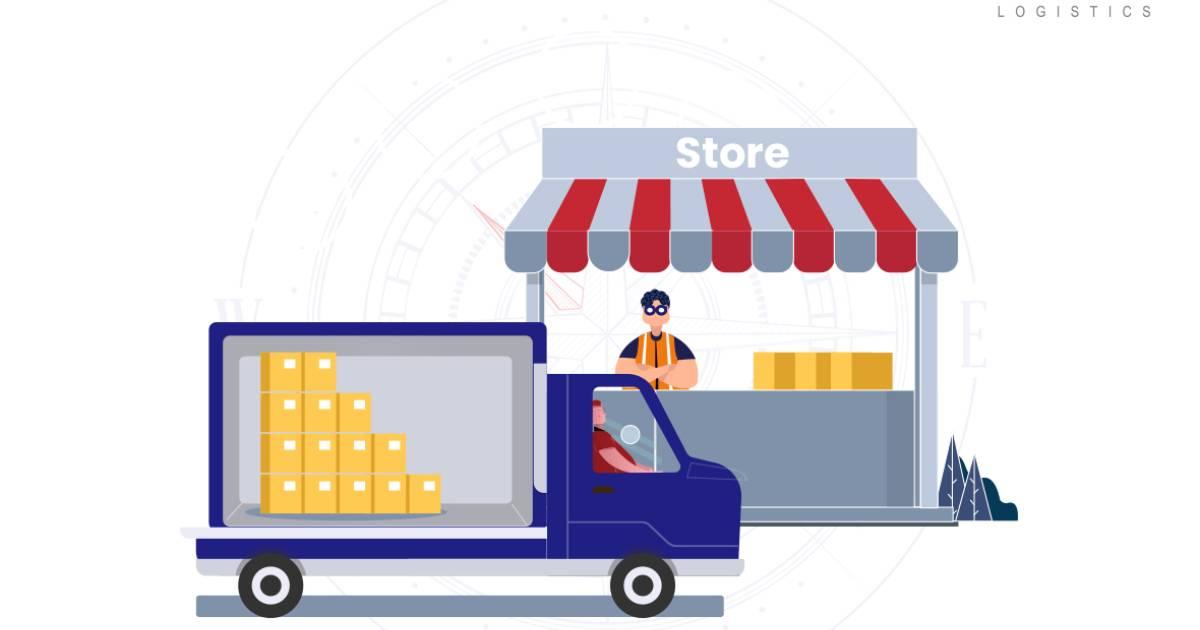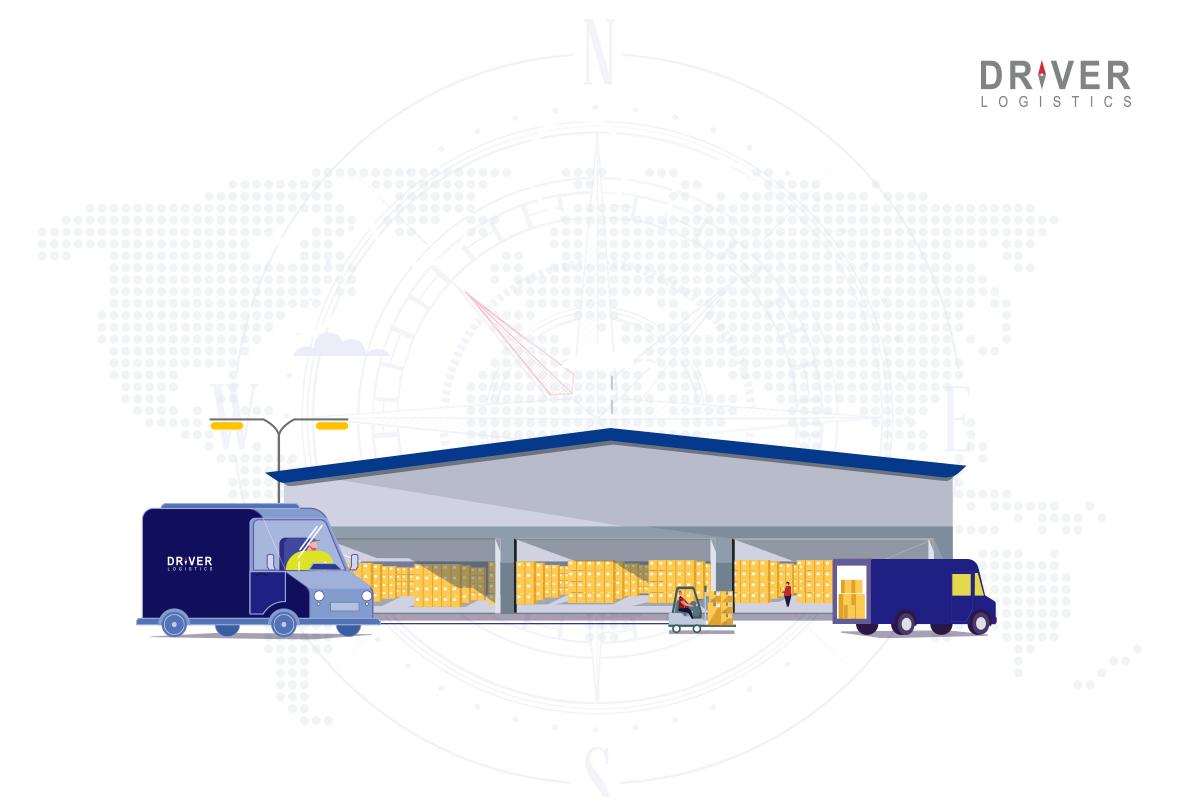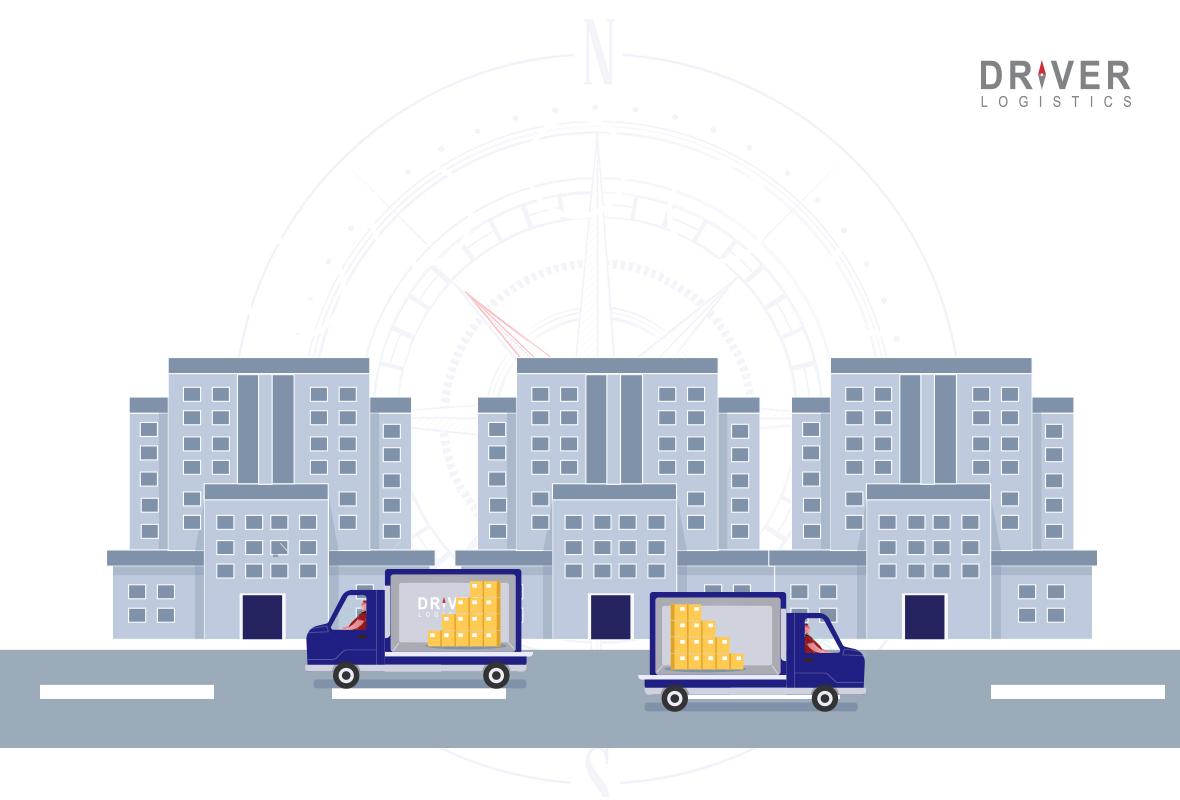
Less than truckload (LTL) shipping is a cost-effective and efficient way to send orders that do not require the space of a full truck. LTL is an excellent alternative for freight if you're transporting six pallets or fewer and up to 10,000 pounds.
However, deciding whether to employ a full truckload or an LTL is simply the first step. Not all LTL carriers operate the same way, so the best option for your freight will depend on where you are, where your freight is going, what you're shipping, and what's most essential to you (i.e., service or cost).
How Does An LTL Network Operate?
Many national LTL carriers use hub-and-spoke models, which differ according to the carrier type. Shipments pass via a network of "hub" facilities combined with other shipments, while "spoke" drivers perform first-mile pickups and final-mile deliveries in a hub-and-spoke arrangement.

Types of LTL Carriers
National LTL Carriers
Coast-to-coast and border-to-border services are provided by national LTL carriers. They run dense freight networks with terminals and drivers arranged in a hub-and-spoke pattern.
National Carriers are enormous, complex businesses that are generally publicly traded.
It's always a good idea to have at least one national carrier in your mix because of their large, wide networks. In some lanes, their density and scalability can contribute to competitive prices, but coverage is the most important benefit. Traditional nationwide LTL carriers include FedEx Freight, UPS Freight, and YRC
National carriers make it easier to consolidate and simplify your LTL freight since they provide a one-stop-shop approach rather than having to select the proper carrier in each location.
2. Multi-Regional LTL Carriers
LTL carriers that serve two or more regions are known as multi-regional LTL carriers. They fall between a national and a regional carrier in terms of coverage. Some of the multi-regional LTL carriers are AAA Cooper, Averitt Express, Dayton Freight Lines, etc.
This is a practical approach to distinguishing between a national and a regional supplier. Increased coverage and capacity can be added while still utilizing the carrier's more targeted network capabilities.
If you have shipments that span many states but don't require complete coast-to-coast coverage, multi-regional carriers are an excellent alternative.
Regional LTL Carriers
Regional LTL carriers move products across larger distances within a specified set of states than their local equivalents.
These companies have a significant presence in their respective regions, with a massive fleet of vehicles and various locations.
Regional LTL carriers also have excellent client relationships and can provide reasonable rates while maintaining a high level of service.
Shippers employ regional LTL carriers to transfer products to various distribution centres and clients within the region, especially when they need more flexibility with pickup and delivery periods and next-day delivery. National LTL carriers are a good option for businesses that wish to reduce the number of shipping partners they use and save money on shipping.
Sub-Regional Carriers
LTL carriers that serve a specific section of territory are known as sub-regional LTL carriers. Southwestern Motor Transport and Pace Motor Lines are two examples. When you have LTL shipments that aren't travelling large distances, these carriers are an excellent alternative. Sub-regional carriers might provide competitive service and costs if you are inside their service area. Because they are often smaller, you are more likely to be able to obtain preferential pricing for continuous volume moving inside their service zone.
Asset-Light LTL Carrier For Your Business Success

Recommended Reading: Top 5 Benefits of Intermodal Transportation: How It Helps Businesses to Leverage Long Distance Delivery
Asset light LTL carriers attempt to cover as much area as possible while minimizing the number of vehicles, drivers, and terminals they possess. They do it by depending on other truckloads and LTL suppliers' driver capacity. Clearlane Freight, and Frontline Freight are two examples of Asset-Light LTL carriers.
Long-haul hub transfers are often completed by asset-light carriers utilizing intermodal or full truckload transportation, with final-mile deliveries delegated to regional or sub-regional LTL carriers.
Because asset-light carriers frequently employ intermodal providers to connect pickup points to final destinations, travel durations are typically greater than LTL shipping.
Load-to-Ride LTL Carriers
Load-to-ride LTL carriers specialize in oversized and/or long-distance shipments. These carriers work similarly to multi-stop truckload carriers in that one driver will pick up many shippers' freight and carry it straight through. There are fewer (or no) pauses at terminals and the delivery routes are more direct.
Long-distance shipments also avoid the need for unnecessary product handling, which is a plus for shippers of delicate commodities. Sunset Pacific Transportation, iShared, are examples of Load-to-ride LTL carriers.
Load-to-ride carriers can offer cheap pricing, rapid service, and minimal product handling when you have a long-distance consignment (crossing numerous areas) and are ready to be flexible to accommodate the carriers' timetable.
Reefer LTL Carriers
Reefer LTL carriers are similar to load-to-ride carriers. They specialize in long-distance shipments and seldom use terminals to transfer merchandise. The primary distinction is that reefer LTL items must all be kept at the same temperature.
H&M Bay and DTS are other two examples. Reefer LTL carriers are used when you have to deal with temperature-sensitive freight as load-to-ride carriers.
Why Do So Many Shippers Use 3PLs For Their LTL Shipments?
Though the LTL market is more fragmented than the parcel industry, it is still a viable option. There are still a lot of complications in LTL. A good 3PL can make LTL shipping considerably easier, whether you utilize them to manage 100 percent of your LTL freight or only a targeted section of your network. 3PLs have strong carrier relationships and can help you better position your supply chain in the long run.
Shippers utilize 3PLs to:
- Obtain rates that they would not be able to obtain on their own
- Gain visibility to many LTL carrier models at the same time
- Manage carrier connections with the help of independent experts.
- Ensure shipment visibility, fast quotation, and shipment-building technologies.
- Reduce the complexity of Shipping & Charges.
- Simplify internal processes by leveraging an experienced LTL team to manage a broader, more varied carrier network.
Relevant Reading: The Ultimate Guide To Fleet Management System: Improve Efficiency & Productivity
Choose the Best LTL Careers
Choosing the best LTL carriers and understanding when to employ them are critical components of your supply chain strategy. Different LTL carriers may be incorporated into your network depending on your company's needs, allowing you to grow your operations while maintaining excellent customer service.
With so many alternatives for shipping products, shippers are turning to third-party logistics (3PL) to help them make better decisions and run their businesses more effectively. Outsourcing a company's logistical and operational procedures to a third party is referred to as 3PL. A transportation management system (TMS) is often used by a 3PL to control the whole shipping process to eliminate waste across the supply chain network. LTL shippers that need to manage the delivery of products through a network that includes relationships with local, regional, and national carriers may find 3PL particularly useful.